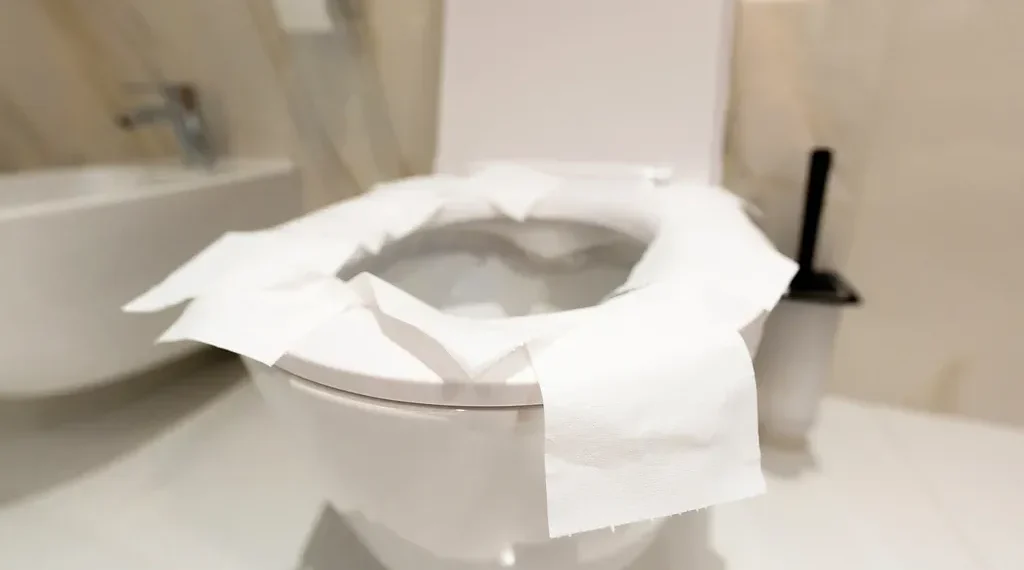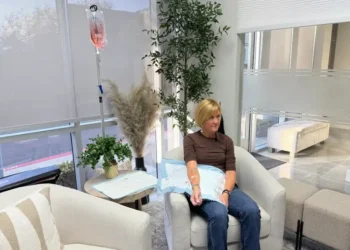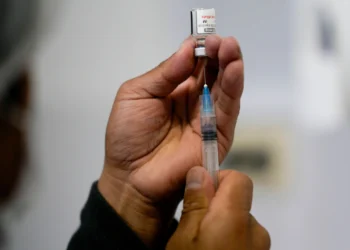Can You Catch Illnesses From Public Toilet Seats? What Science Says
Published Time: 08-19-2025, 16:20
Public toilets often provoke an instinctive sense of disgust, but the risk of catching a disease from a toilet seat is generally very low. Experts say proper hygiene, handwashing, and awareness of high-risk surfaces are the key ways to prevent infections.
The Low Risk of Catching Diseases From Toilet Seats
Microbiologists emphasize that the risk of contracting diseases from merely sitting on a toilet seat is extremely small. Jill Roberts, a professor of public health and microbiology at the University of South Florida, notes:
“Theoretically, yes, you can catch diseases from a toilet seat, but the risk is vanishingly low.”
Sexually transmitted infections (STIs), including gonorrhea and chlamydia, require direct contact with genital fluids to transmit. Roberts explains that transmission from a toilet seat would involve the immediate transfer of fresh bodily fluids from the seat to the genital area—a highly unlikely scenario.
“If toilet seats could easily transfer STDs, we would see them across all age groups, even in people with no sexual activity history,” she adds.
Similarly, bloodborne pathogens and urinary tract infections (UTIs) are rarely transmitted via toilet seats. Transmission would require significant contamination and direct contact with broken skin, which is uncommon in public restroom use.
Exceptions: Some Viruses Can Persist on Surfaces
Some viruses, such as human papillomavirus (HPV), can survive on surfaces for several days under certain conditions. Karen Duus, professor of microbiology and immunology at Touro University in Nevada, explains that HPV has a particularly stable protein shell, making it resistant to hand sanitizers and requiring strong disinfectants like 10% bleach to inactivate.
However, these viruses typically require broken skin or mucous membranes to infect a person. Thus, even for HPV, transmission via toilet seats remains extremely rare. Similarly, genital herpes could theoretically be transferred if a person has active lesions, but the risk remains minimal for most healthy individuals, according to Daniel Atkinson, clinical lead at Treated.com.
Toilet Seat Covers and Squatting: Are They Necessary?
Many people use toilet paper layers, disposable seat covers, or even hover over the seat to avoid contact. According to a 2023 YouGov poll, about 63% of Americans sit directly on public toilets, and nearly half line the seat with paper, while around 20% squat.
Stephanie Bobinger, a clinical specialist in pelvic health at Ohio State University, warns that hovering can strain pelvic muscles and prevent complete bladder emptying, potentially increasing the risk of UTIs. Toilet paper layers or covers, being porous, do little to block pathogens from surfaces, she adds.
The Real Source of Infection: Hands and Surfaces
The primary risk of contracting infections in bathrooms comes from contaminated hands rather than direct contact with the toilet seat. Pathogens from fecal matter—such as Escherichia coli, Salmonella, Shigella, Staphylococcus, Streptococcus, and norovirus—can survive on surfaces and cause gastrointestinal illnesses if transferred to the mouth.
Norovirus, in particular, is highly contagious. Even small amounts—between 10 and 100 viral particles—can cause infection, and the virus can persist on surfaces for weeks. However, regular cleaning of public bathrooms significantly reduces contamination risk.
Charles Gerba, professor of virology at the University of Arizona, notes:
“In the United States, home restrooms are often far germier than public restrooms. Public facilities are typically cleaned multiple times a day, whereas home bathrooms are cleaned less frequently.”
Toilet Plumes: When Flushing Spreads Germs
Flushing a toilet can release aerosols, known as toilet plumes, that spread pathogens into the surrounding air and onto surfaces. Studies suggest that 40–60% of particles can travel beyond the bowl. While closing the lid helps slightly, it does not completely prevent aerosols from escaping, particularly in high-pressure public toilets.
High-risk surfaces include toilet flush handles, doorknobs, sink faucets, towel dispensers, and even the floor. Clostridium difficile, a bacterium common in healthcare settings, can travel via spores and pose a risk when inhaled. Viruses like influenza can also survive on bathroom surfaces, highlighting the importance of hand hygiene.
Practical Tips to Minimize Risk
Experts recommend several simple measures to reduce the risk of infections in bathrooms:
- Wash hands thoroughly: Use soap and warm water for at least 20 seconds and consider using hand sanitizer afterward.
- Limit contact with surfaces: Touch as few surfaces as possible and avoid placing personal items, like phones, on counters or floors.
- Flush and leave: Consider flushing and exiting the stall promptly to reduce exposure to toilet plumes.
- Consider protective designs: Touchless flush mechanisms, air sanitizers, and shielded toilet bowls can minimize germ spread in public restrooms.
Elizabeth Paddy, a water hygiene engineer at Loughborough University, emphasizes that reducing hand contact and improving bathroom design are more effective than obsessively covering toilet seats.
Bottom Line
While public toilets can trigger feelings of disgust, the likelihood of contracting diseases from the toilet seat itself is very low. The real risk comes from hand-to-mouth transmission of bacteria and viruses from contaminated surfaces. Regular handwashing, good hygiene practices, and awareness of high-risk areas are the most reliable ways to protect yourself.
“Your risk is probably lower than you think,” says Gerba, reassuring bathroom users that reasonable precautions are sufficient to stay healthy.
This article was rewritten by JournosNews.com based on verified reporting from trusted sources. The content has been independently reviewed, fact-checked, and edited for accuracy, neutrality, tone, and global readability in accordance with Google News and AdSense standards.
All opinions, quotes, or statements from contributors, experts, or sourced organizations do not necessarily reflect the views of JournosNews.com. JournosNews.com maintains full editorial independence from any external funders, sponsors, or organizations.
Stay informed with JournosNews.com — your trusted source for verified global reporting and in-depth analysis. Follow us on Google News, BlueSky, and X for real-time updates.












